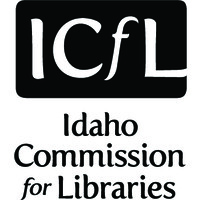
Indian Valley Public Library
Indian Valley Public Library, 100 East Church Ave, Telford PA 18969. The IVPL reflects our Indian Valley community. We value the positive impact our public library has on our children. We value literacy and promoting a love of reading. We value respect for each individual person and recognize the need to serve all. We value community and the potential for our library to strengthen our democracy by inviting civic engagement and civil discussions. The library serves five communities of the Souderton Area School District: Franconia, Lower Salford, Salford, Souderton, and Telford. IVPL is an independent member of the Montgomery County Library District. As an Access PA participant, the library serves all Pennsylvania residents under the Access-PA program.






